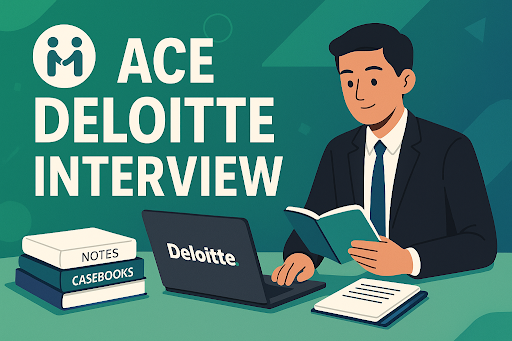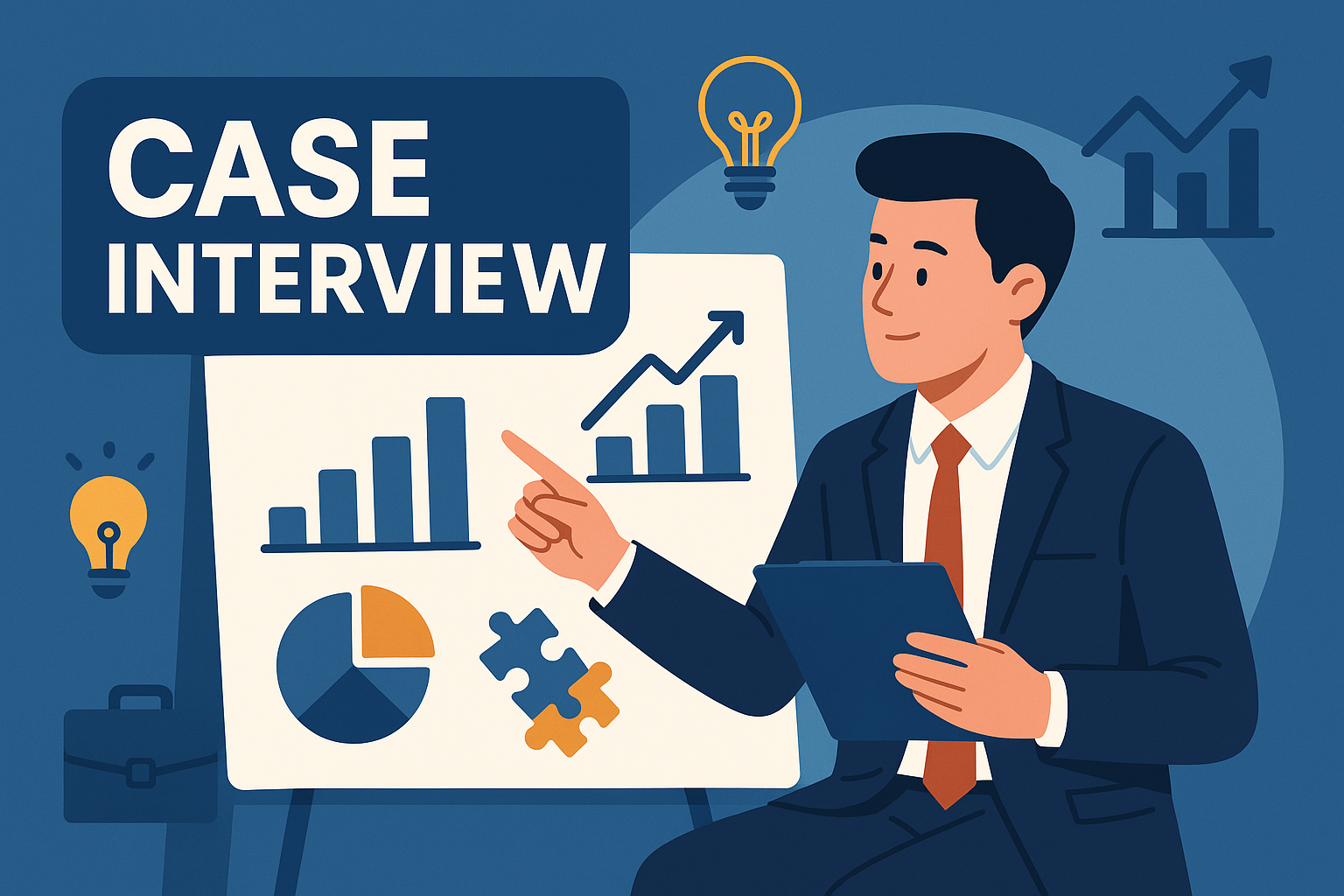Golden Ticket Challenge: Win a FREE seat to master MBB Interviews at our Consulting Bootcamp. 🎫 Learn More

What Questions to Ask at the End of an Interview?
Management Consulting
Prepare for your consulting interviews. Work on the world’s most challenging problems. Deliver transformation and craft a powerful story.
TECHNOLOGY FOR MANAGERS
Not everyone needs to write code. But you should be on top of the latest technology trends.
STARTUP
Start with an idea. Leave with a validated roadmap to build your company.
Request Pricing
[contact-form-7 id="862" title="Apply Now Form"]
Busy Now? Send this page to your email for later.
Busy Now? Send this page to your email for later.
Busy Now? Send this page to your email for later.
Busy Now? Send this page to your email for later.
What else would you like to see in the High Bridge Program?
We are building it for you. What you tell us has true impact.
[contact-form-7 id="1384" title="Feedback Form"]Tuition Fee at High Bridge is payable only if you successfully land a job. Check current conditions in our brochure.
Having trouble logging in?
It might be due to our One Device Login policy, designed to ensure secure and exclusive access.
Here’s how to ensure smooth access:
- Single Device Only: You can access the Student Area from only one specific device and browser. This helps us maintain security and exclusivity.
- Consistent Access: Always use the same device and browser to log in. Changing devices or browsers will prevent access.
- Avoid VPNs: Using a VPN can lead to login problems because it masks the identity of your device.
If you’re following all guidelines and still face issues, don’t worry! We’re here to help.
For immediate assistance, please contact our support team at admissions@highbridgeacademy.com.
Learn more about our Consulting Bootcamp
We’ll send all the details and next steps directly to your inbox.
Note: If you don’t receive an email from us, please check your spam folder!
WhatsApp is optional but recommended for receiving important updates.

























































































